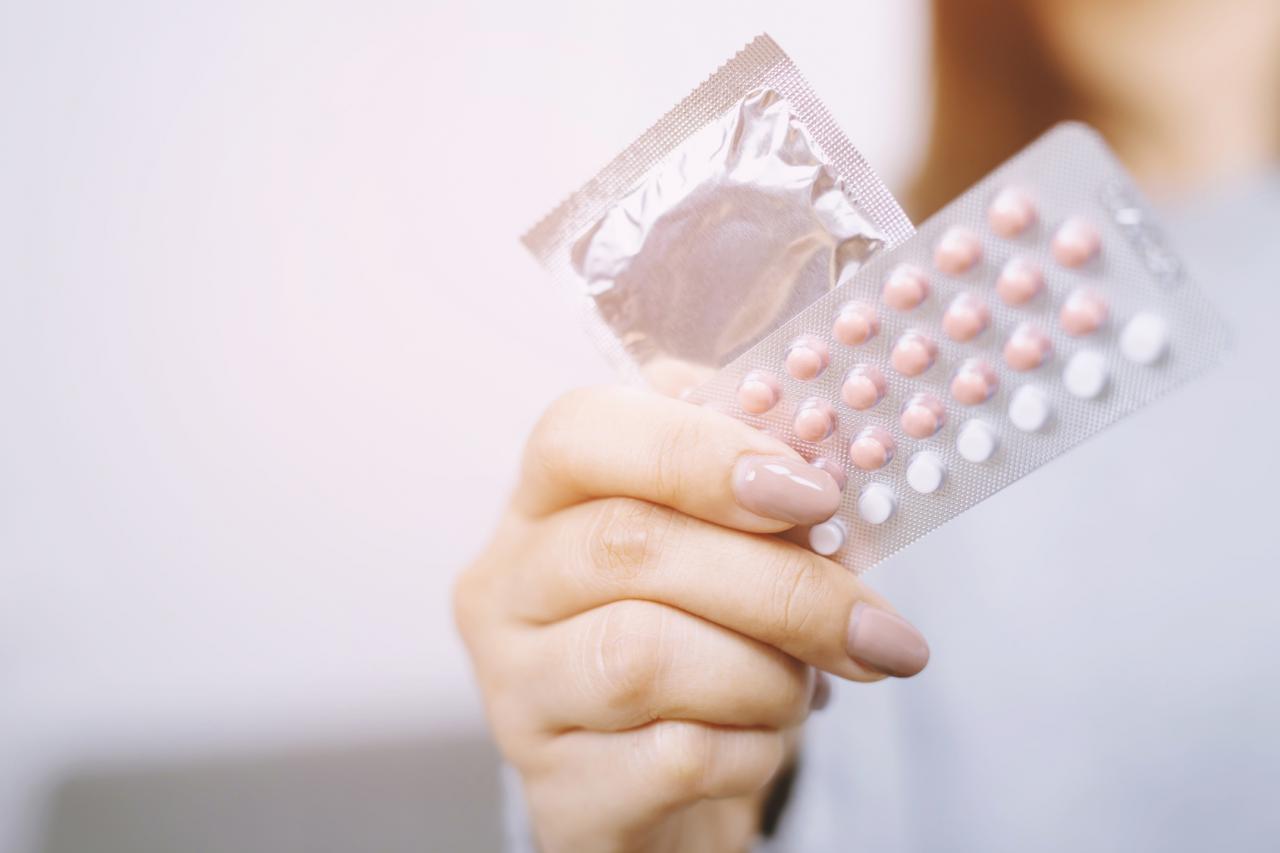BIOLOGY OF TESTOSTERONE PRODUCTION IN MENSTRUATING, POSTMENOPAUSAL AND OLDER WOMEN
Table 1 lists the adrenal androgens, their potencies and concentrations in serum for premenopausal
and post-menopausal women.
Adrenal and ovarian production of androgens in healthy, young menstruating women collectively contributes to secretion of approximately 300 μg testosterone daily into the general circulation. Approximately, half of the circulating testosterone is derived from ovarian secretion. The adrenal gland produces testosterone precursors, dehydroepiandrosterone (DHEA),
testosterone contributes the remaining 50 percent of circulating testosterone.
Although the current dogma assumes approximately equal contribution from the ovaries and the adrenal glands, these assumptions may not be entirely correct. The data from studies in which testosterone production rates were measured after suppression of hypothalamic-pituitary-adrenal axis with dexamethasone administration are suspect because dexamethasone is known to also suppress ovarian steroidogenesis.
DHEAS is secreted entirely from the adrenal gland, while DHEA is secreted by both the adrenal glands and the ovaries. The majority of circulating DHEA is derived from peripheral conversion of DHEAS. The metabolism of DHEA(S) into bioactive sex steroids may occur in many tissues, including adipose tissue, bone, muscle, prostate, breast, skin, brain, ovary, testes and the liver. Circulating androstendione is derived equally from secretion by zona fasciculata of the adrenal glands and stromal cells within the ovary.
Androgen Levels During The Menstrual Period
In regularly ovulating women, the plasma levels of testosterone and androstenedione rise gradually during the follicular phase to reach their highest levels in the pre-ovulatory phase, with a second rise in androstenedione during the late luteal phase. Serum testosterone concentrations during the mid-follicular phase are not significantly different from those in mid-luteal phase. Ovariectomy causes a drop in the serum testosterone and androstenedione by about 50 percent each.
Changes In Androgen Levels With Menopause And Aging
Serum testosterone levels are lower in older women than young, menstruating women. The decline in DHEAS and testosterone becomes apparent in the decade prior to menopause, and is gradual and progressive such that the testosterone level of women in their sixties is about 50 percent that of women in their twenties.
This is in contrast to the dramatic decline in estradiol and progesterone production that occurs at
menopause. The progressive decline of DHEAS and testosterone with age is independent of the
menopausal transition. Although some studies have reported a decrease in androstenedione
concentrations during menopause, a large cross-sectional, epidemiological study in Australia
reported no significant change in serum total testosterone concentrations in the peri-menopausal
period, demonstrating that the ovarian androgen secretion is not attenuated in most women at
menopause.
It has been reported that some ovaries may undergo stromal hyperplasia under the control of elevated gonadotropins, and produce even higher amounts of androgens than they produced prior to menopause. However, on average, testosterone production continues to decrease
gradually after the fourth decade.
Testosterone Metabolism
Testosterone serves not only as an androgenic hormone but also as a prohormone; it is converted in the periphery into two active metabolites, estradiol and dihydrotestosterone (DHT). Testosterone’s effects on the skin require its obligatory 5-α-reduction to dihydrotestosterone. In contrast, testosterone’s effects on bone resorption, gonadotropin suppression, plasma lipids, brain organization, and some aspects of cognitive function require its aromatization to estradiol. We do not know whether 5-α-reduction of testosterone to DHT is obligatory for mediating its effects on the muscle and cortical bone formation.
DHEA(S) is enzymatically converted to testosterone and then DHT in the adrenals, ovaries and other peripheral tissues. Labrie et al have suggested that serum concentrations of testosterone and DHT may underestimate the total androgenic activity and that conjugated metabolites of DHT, androsterone glucuronide, androstane-3α,17β-diol-glucuronide, androstane-3β,17β-diol-glucuronide and androsterone-sulfate, may be more reliable markers of the androgen action at the end organ. We do not know whether measurement of 3-alpha androstanediol glucoronide would provide a
better marker of androgen action than serum levels of total and free testosterone.
Link to article: http://www.goodhormonehealth.com/symptoms/androgen.pdf





Add a Comment1 Comments
I recently came across your blog and have been reading along. I thought I would leave my first comment. I don't know what to say except that I have enjoyed reading. Nice blog. I will keep visiting this blog very often.
Susan
July 24, 2009 - 7:27amThis Comment